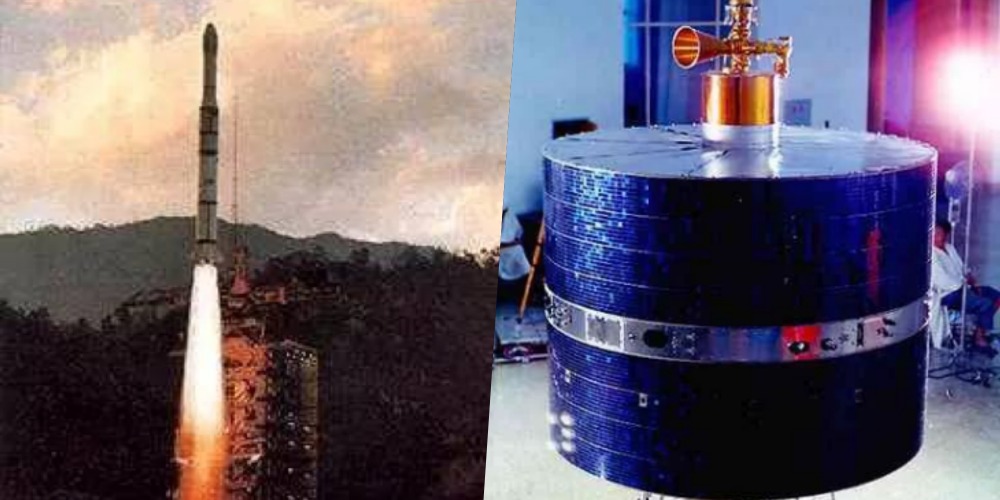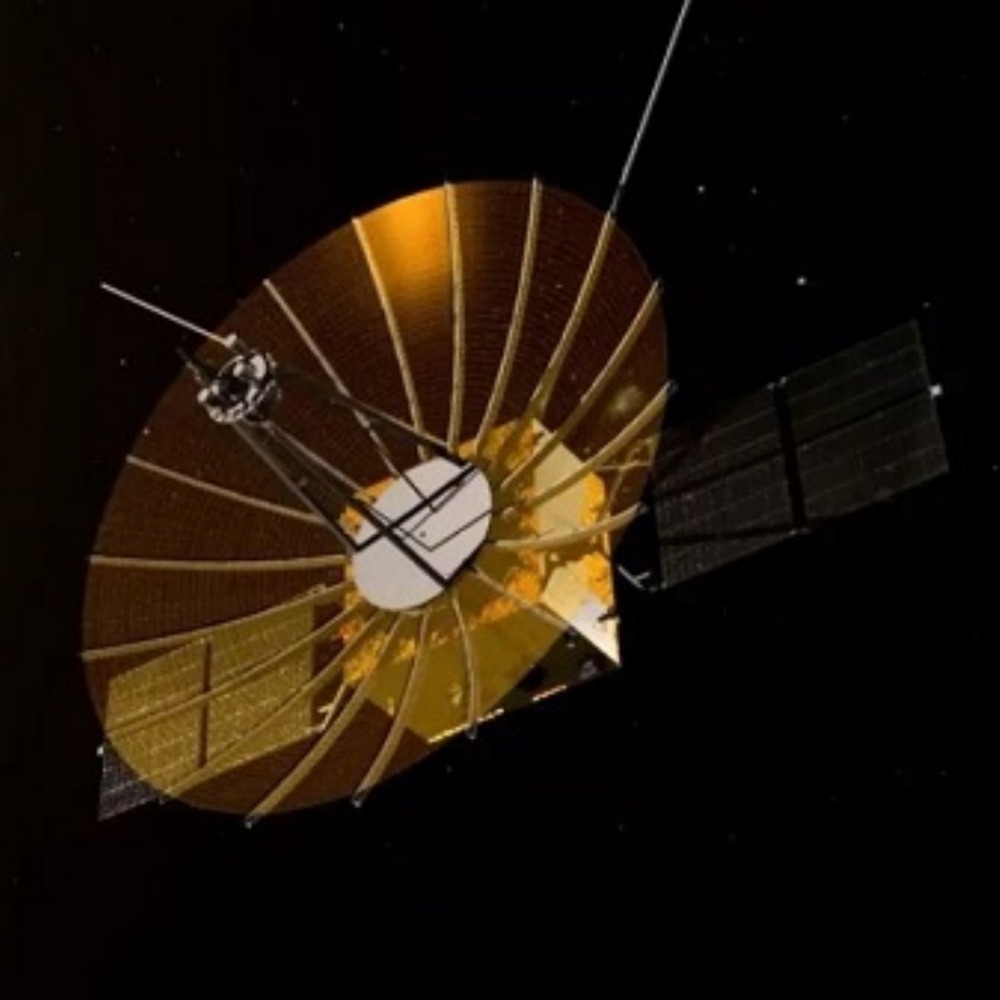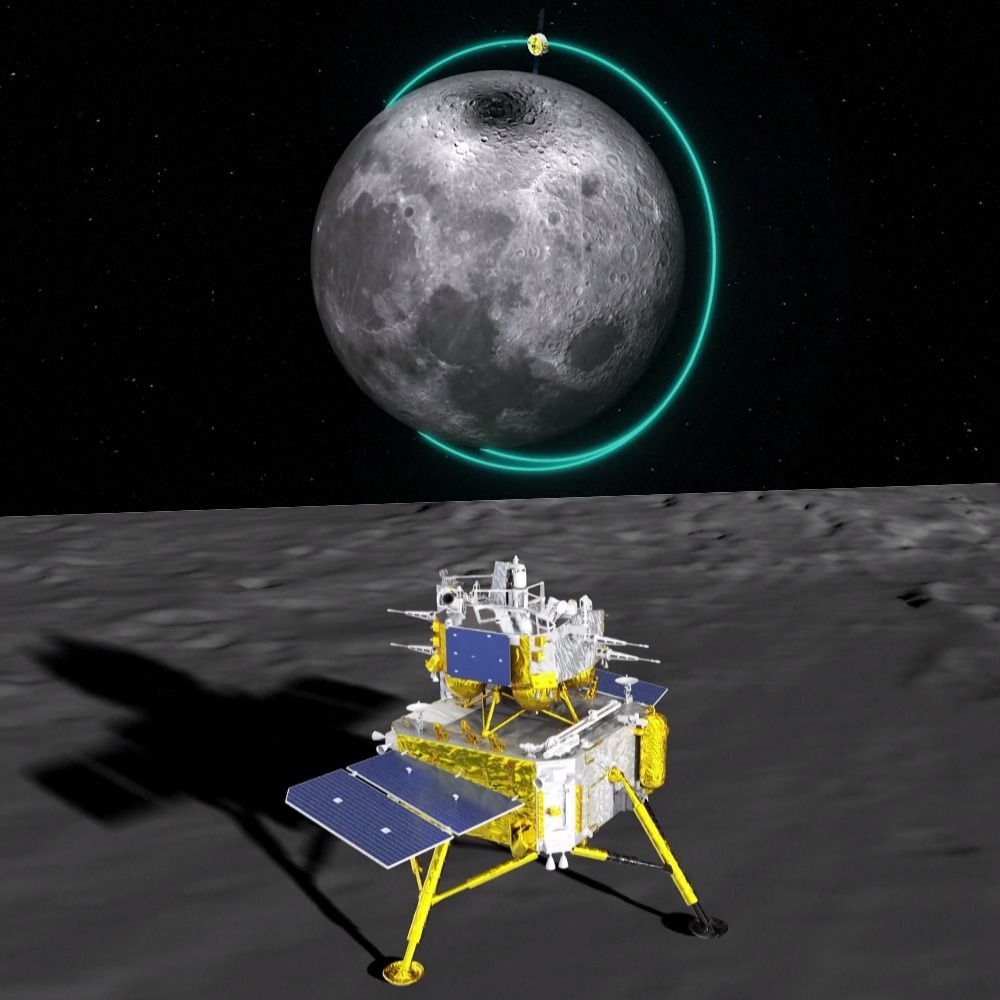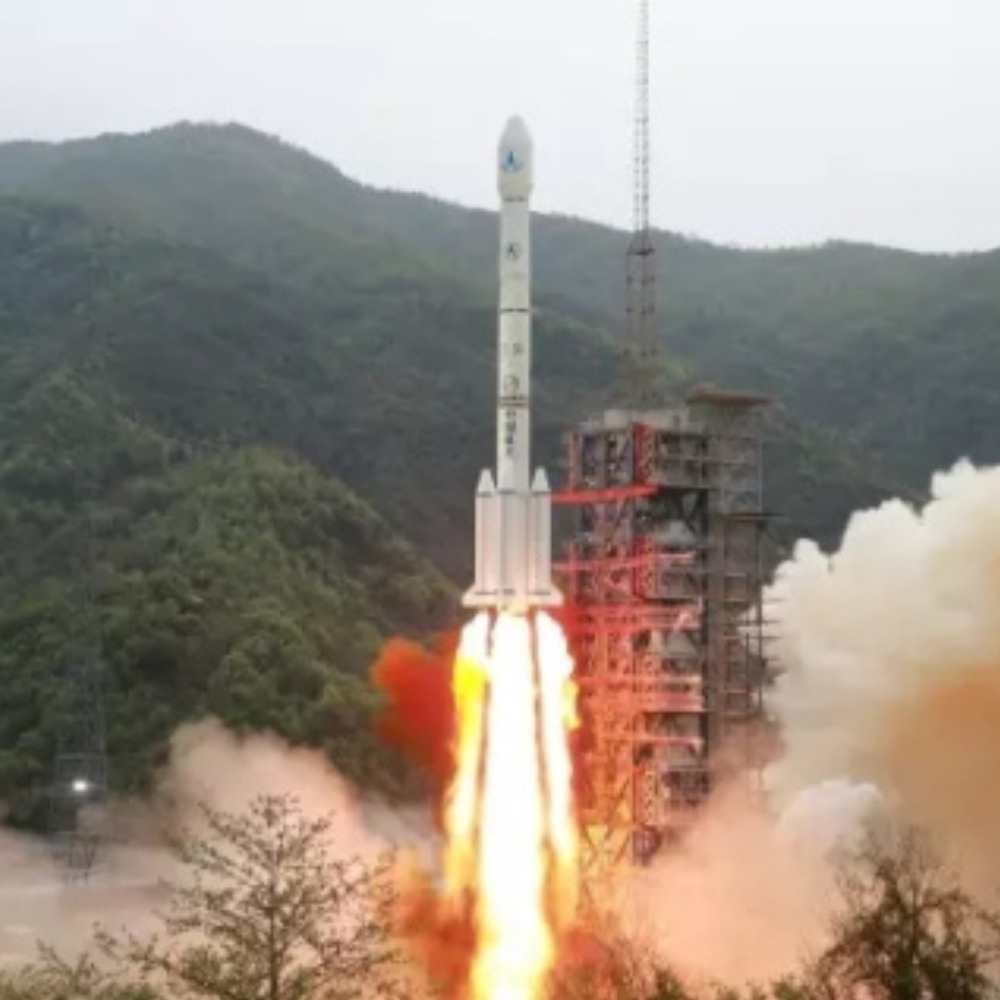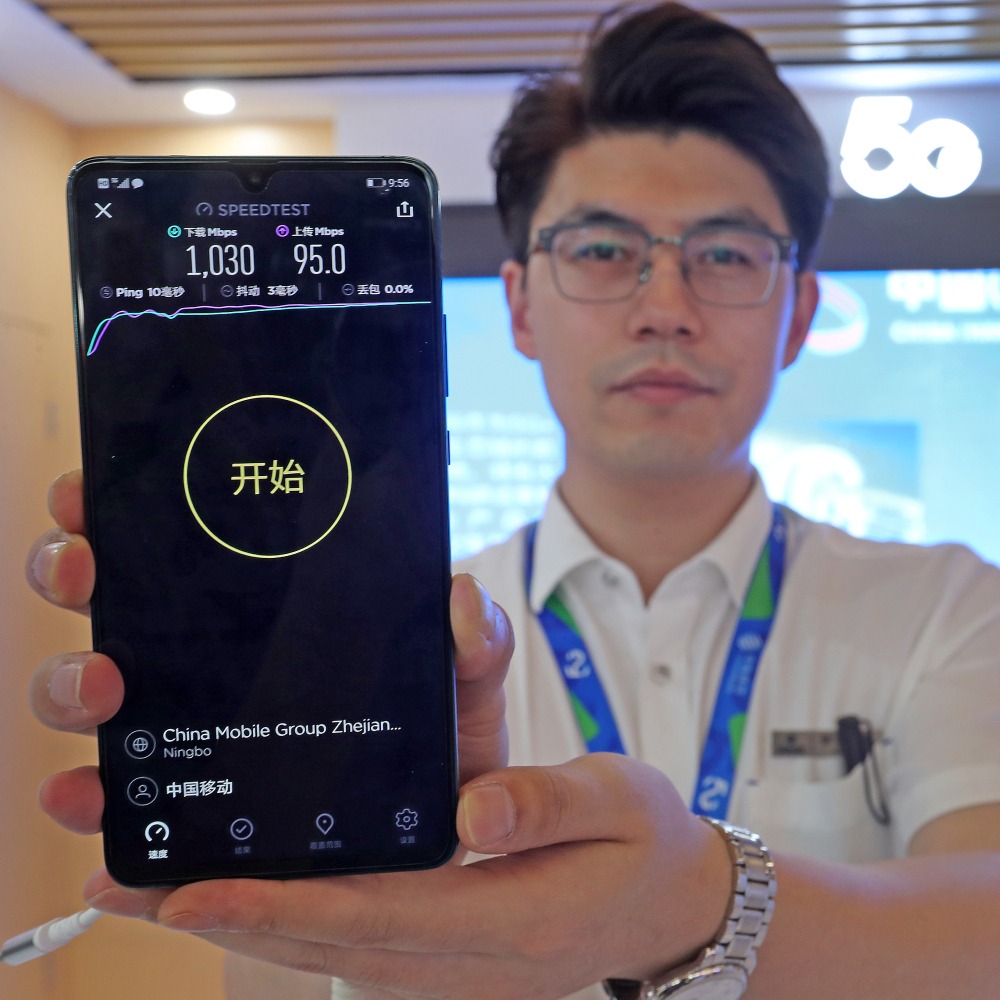Published : 2025-04-08
On April 8, 1984, China's experimental communications satellite Dongfanghong 2 (東方紅2號) was launched.
Dongfanghong 2 is China's first geostationary orbit synchronous communications satellite, primarily used for domestic long-distance television transmissions.
The advantage of this type of satellite is that communication can be achieved simply by aligning with it, without the need to track its orbital movement.
Subsequently, Dongfanghong 2 successfully positioned itself in orbit, enabling signal coverage across numerous remote regions. For the first time, areas such as Urumqi in Xinjiang, Lhasa in Xizang (previously known as "Tibet"), could receive TV broadcast from China Central Television (CCTV) on the same day they were transmitted.
The success of Dongfanghong 2 made China the 5th country in the world to possess satellite communication capabilities.
Through communications satellites, China achieved nationwide signal transmission coverage, changing the backward communication situation in remote areas.
At the same time, Dongfanghong 2 also marked that China had fully mastered carrier rocket technology, and satellite communication entered a practical stage.
